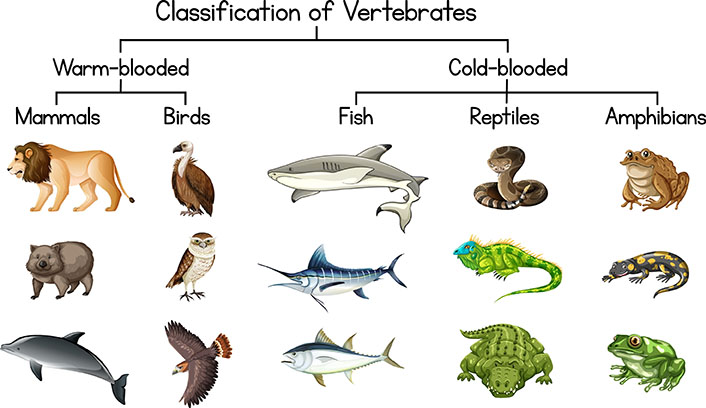

Warm-blooded animals are animals that can maintain a relatively constant internal body temperature, regardless of the outside temperature. This is in contrast to cold-blooded animals, whose body temperature fluctuates with the surrounding environment.
Some examples of warm-blooded animals include mammals and birds. Mammals have fur or hair to help them stay warm, and birds have feathers.
Warm-blooded animals have a number of advantages over cold-blooded animals. They can be more active and can survive in a wider range of climates.
The fox is a warm-blooded animal.

Adjective: having a relatively high and constant body temperature that is maintained by internal heat production, independent of the external environment.
The word "warm-blooded" comes from the combination of the words "warm" and "blooded".
The word "warm" comes from the Old English word "wearm", which means "to heat".
The word "blooded" comes from the Old English word "blōd", which means "blood".
The first recorded use of the word "warm-blooded" was in the 17th century.
What is the difference between hot and cold-blooded animals?